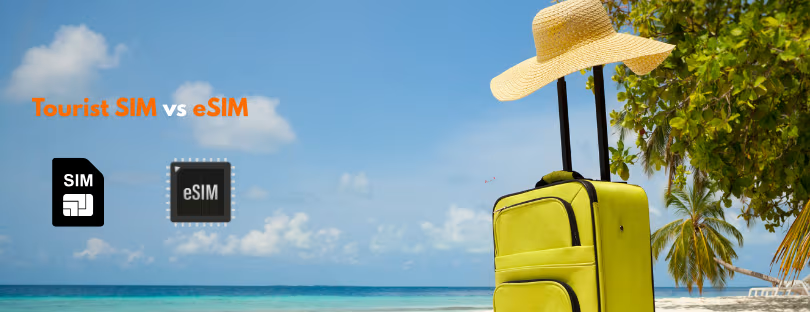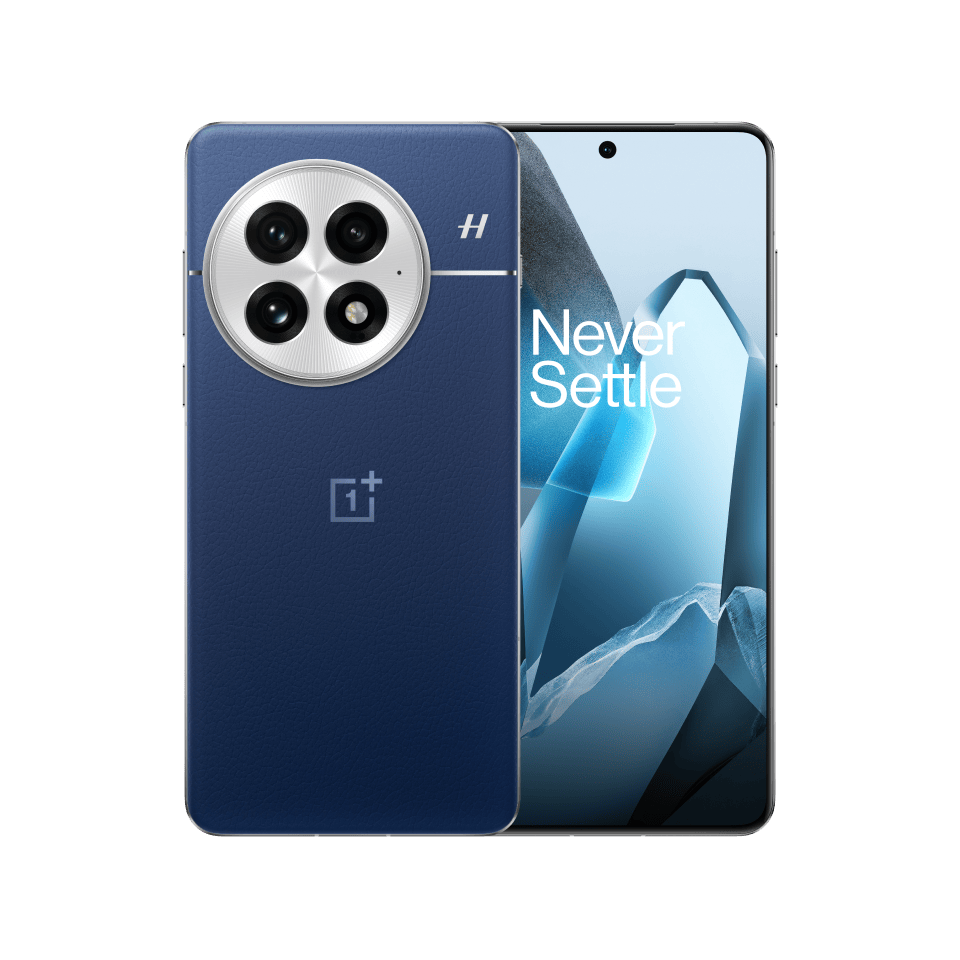
Tourist SIM Cards or eSIM? The Complete Traveler’s Guide to Staying Connected Abroad
Understanding Tourist SIM Cards: The Traditional Approach
Here are some average prices for Tourist SIM cards in popular destinations, based on current market trends:
Europe
- France (Orange Holiday Europe): €20–€40 for 10–20GB with EU-wide roaming.
- UK (Three PAYG AIO): £10–£25 for 5–12GB with calls/texts included.
- Germany (Telekom MagentaMobil Prepaid): €10–€25 for 3–10 GB.
- Croatia (Telemach): €9.95 for unlimited/100 GB
Asia
- Thailand (AIS, DTAC, TrueMove): $7–$15 for 10–30GB valid 7–15 days.
- Vietnam (Viettel, Mobifone): $4–$10 for 10–15GB, 30-day validity.
- Japan (Mobal, Sakura Mobile): $20–$35 for 5–15GB, 15–30 days.
North America
- USA (T-Mobile Tourist Plan): $30 for 10GB, valid 3 weeks.
- Canada (Lucky Mobile, Chatr): $25–$40 for 4–10GB (local SIMs, not tourist-specific).
Other Regions
- Australia (Optus, Telstra): AUD $10–$30 for 5–20 GB.
- UAE (du, Etisalat): $14–$28 for 2–10GB, valid 7–28 days.
- South Africa (Vodacom, MTN): $10–$20 for 5–10 GB.
International SIM cards, on the other hand, are designed to work across multiple countries without the need to switch cards. Companies like WorldSIM or KeepGo (just to name a few) offer these solutions, which can cover over 200 countries. While more convenient than local SIMs, they typically come at a premium price and may not offer the same network priority as local carriers.
Understanding eSIM Technology: The Digital Revolution
Cost Comparison: Breaking Down the Numbers
Tourist SIM Card Costs
eSIM Pricing Structure
eSIM providers typically follow a tiered pricing model, offering options that fall between the cost of local SIM cards and expensive international roaming plans. Tourist SIM or eSIM
- Budget eSIM plans start as low as $1, making them ideal for short trips or light data usage. For example, Jetpac offers plans starting from just $1 and going up to $80, giving travelers flexibility based on their data needs and trip duration.
- Standard eSIM plans usually cost around $16 to $20 for 5GB of data. This is more expensive than local SIM cards but significantly cheaper than international roaming. Popular providers like Airalo and Saily operate within this pricing range, offering a balance between cost and convenience.
- Premium eSIM plans can range from $10 to $100, depending on the data allowance and geographic coverage. Providers like Nomad offer higher-tier plans with generous data limits, global coverage, and features such as hotspot support and higher-speed access.
Convenience and User Experience
Tourist SIM Card Experience
eSIM User Experience
Coverage and Network Quality
Tourist SIM Card Coverage
eSIM Coverage Considerations
Device Compatibility: Can Your Phone Handle It?
Tourist SIM Card Compatibility
eSIM Device Requirements
Security and Privacy Considerations
Tourist SIM Card Security
eSIM Security Profile
Practical Use Cases: When to Choose Each Option Tourist SIM or eSIM
Ideal Scenarios for Tourist SIM Cards
Ideal Scenarios for eSIMs
Hybrid Approaches
Provider Recommendations and Market Leaders
Top Tourist SIM Card Providers
Leading eSIM Providers
Future Trends and Industry Direction
Industry Momentum
Technological Improvements
Cost Trends Tourist SIM or eSIM
Regulatory Developments
Making the Right Choice: Comprehensive Recommendations
Choose Tourist SIM Cards If:
- You’re planning an extended stay (one month or more) in a single country where cost savings outweigh convenience factors. Local SIM cards typically offer 50-80% savings compared to international alternatives, making them ideal for budget-conscious long-term travelers.
- Your device doesn’t support eSIM technology, which includes most phones more than two years old and many budget or mid-range devices. Physical SIM cards remain the only viable option for these devices beyond expensive roaming plans.
- You’re traveling to remote or developing destinations where eSIM infrastructure may be limited or non-existent. Physical SIM cards often provide better coverage and reliability in these areas.
- You require extensive voice calling capabilities rather than primarily data usage. Tourist SIM cards typically offer better voice plans and local calling rates compared to data-focused eSIM services.
- You prefer to minimize digital tracking and app-based services, as tourist SIM cards generally require less personal information and fewer app permissions than eSIM providers. Tourist SIM or eSIM
Choose eSIMs If:
- You’re embarking on a multi-country trip where the convenience of not changing SIM cards outweighs the cost premium. eSIMs eliminate the repetitive process of purchasing and installing new SIM cards at each destination.
- You value convenience and time savings over absolute cost optimization. The ability to activate service instantly from anywhere with Wi-Fi can save hours of travel time otherwise spent hunting for SIM cards.
- You’re making a short trip (less than two weeks) where the setup time for physical SIM cards isn’t justified by the potential cost savings. Tourist SIM or eSIM
- Your device supports dual-SIM functionality, allowing you to maintain your home number while using local data rates through an eSIM.
- You’re a business traveler who prioritizes security, convenience, and reliable connectivity over cost considerations.
- You’re comfortable with digital services and smartphone apps, as eSIM management requires interaction with provider applications.
















